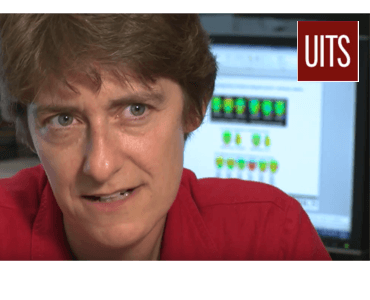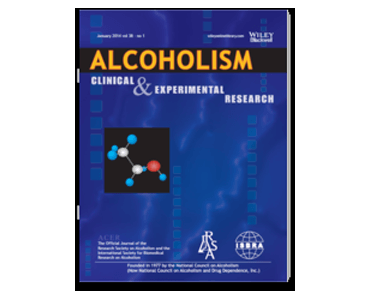Digital imaging analysis to assess scar phenotype. BJ Smith, N Nidey, SF Miller, LMM Uribe, CL Baum, GS Hamilton, GL Wehby, M Dunnwald.
Date: March-April 2014. Source: Wound Repair and Regeneration, Volume 22, Issue 2, pages 228–238. Abstract: In order to understand the link between the genetic background of patients and wound clinical outcomes, it is critical to have a reliable method to assess the phenotypic characteristics of healed wounds. In this study, we present a novel imaging…










